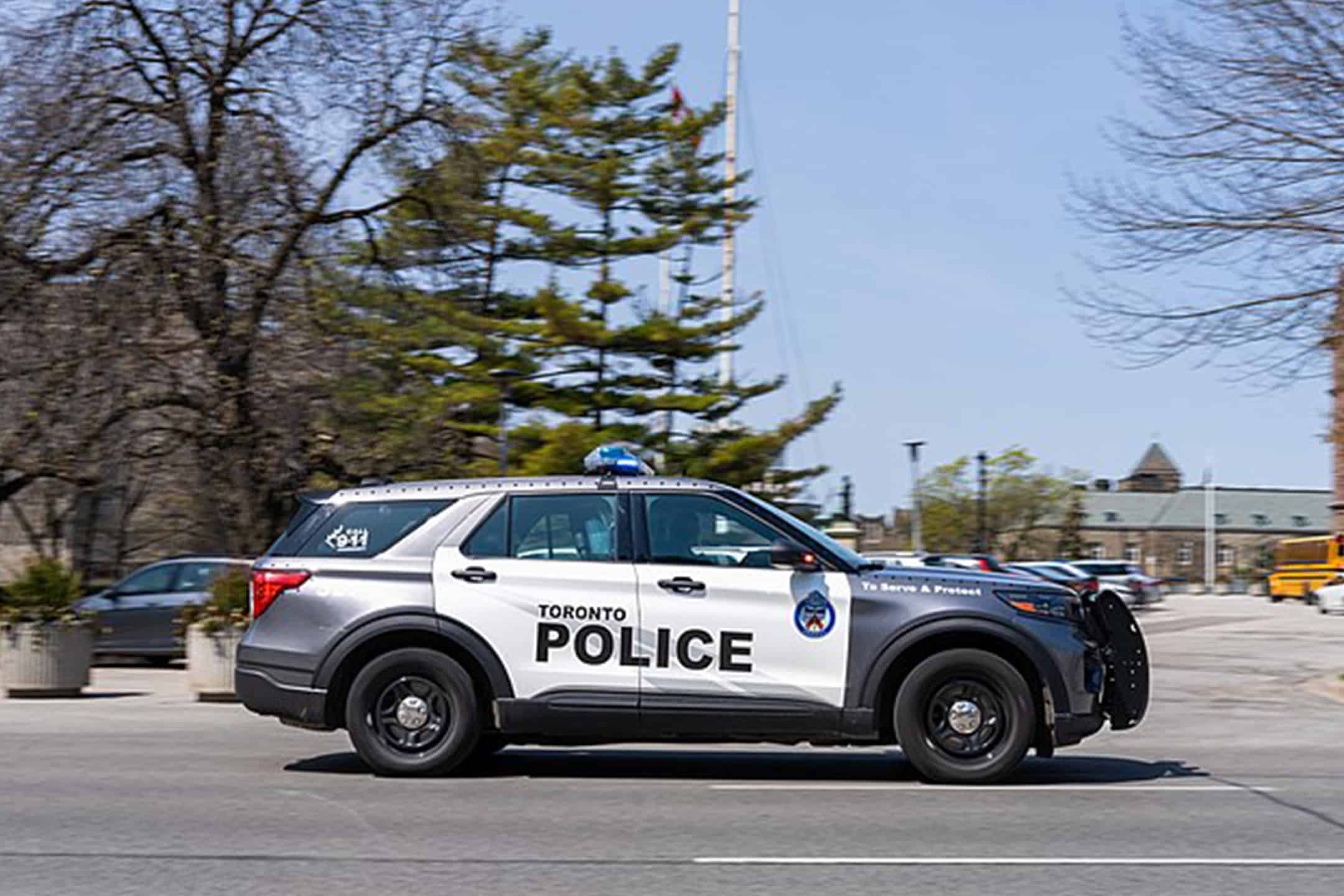In January, Toronto Mayor Olivia Chow faced backlash from the Toronto Police Service (TPS) for proposing $1.35 billion for the TPS in the city’s 2024 budget draft. This was an increase from 2023’s $1.16 billion but about $12.6 million less than recommended by the Toronto Police Services Board.
The TPS Board initially requested a $20 million increase in the police operating budget to hire 306 new officers by the end of the year. TPS Chief Myron Demkiw argued that Chow’s proposed “cut” to the requested budget would create an “unacceptable risk” to public safety. Chow initially defended the $1.35 billion budget, but ultimately finalized the full $20 million increase in the final budget in February.
Much of the pressure on Chow to meet the TPS Board’s budget recommendations seems to stem from the public assumption that higher police budgets lower crime rates. The TPS-led social media campaign #SupportYourTPS reinforces this assumption by equating slower emergency response times with reduced staffing due to perceived budget cuts from the January report.
However, a 2023 study led by U of T shows an inconsistent relationship between police funding and crime rates in Canadian municipalities. In light of this, I feel that TPS’ emotional appeals to danger and protection are primarily intended to increase their budget rather than to promote public safety.
The narrative of #SupportYourTPS
In February, the Toronto Police Association (TPA) — which manages TPS — launched an advertisement that suggested slower emergency response times are actively endangering Torontonians due to budgetary restraints. The advertisements go so far as to display alarming and violent imagery, including scenes of a person held at gunpoint, and a child’s toy left ominously on a swing set — while highlighting TPS’ average emergency response time of 22 minutes.
The TPS also began their #SupportYourTPS campaign following Chow’s tentative January budget release.
While I argue that the TPA advertisement’s imagery is drastic and unnecessary, it is probably quite effective. According to 2022 TPS community survey data, 72 per cent of 1,200 respondents feel that TPS is meeting their neighbourhood’s safety needs. Additionally, in February, the Toronto Police Association shared a poll from surveying firm Liaison Strategies, showing that only 48 per cent of respondents approve of Chow’s work dealing with crime. As reported by Liaison Strategies in February, survey respondents perceive Chow to have a weak approach and underfunding toward crime management.
In my opinion, the feedback from these surveys is unsurprising, given the TPA’s willingness to exploit public feelings of panic through unsettling imagery in advertisements.
The American Psychological Association outlines two key components of successful fear-mongering: inspiring fear about a particular issue and then establishing oneself as the best qualified to address this cause. The desired outcome is that, swayed by fear, the public will seek safety in numbers and base their political decisions on those who promise to alleviate their panic.
The TPS’ strategy of creating a perceived enemy — the criminal — conveniently allows them to position themself as the sole means of addressing crime, as opposed to other de-escalation methods or community-based solutions. Furthermore, these tactics often involve obscuring evidence, which brings to mind Chief Demkiw’s misleading comments about nonexistent budget “cuts.”
Correlation between cops and crime
In addition to blatantly misrepresenting Chow’s budget proposal by suggesting there was a budget cut when there was in fact an increase, I believe the #SupportYourTPS campaign reinforces the belief that criminalization, surveillance, and state oversight are the keys to ensuring public safety.
I would assume that for many people, it may seem logical that increased policing would lead to decreased crime. However, the study led by U of T concluded that, despite police funding being a top budget priority in most municipalities, there is no strong correlation between police funding and crime rates.
The TPS’ narrative on policing and crime prevention is all the more alarming when the same U of T study reveals that all but two Toronto municipalities had a net increase in police funding per capita between 2010 and 2020 — despite the increase having no correlation with crime rates. This study provides critical insights into the relationship between police funding and crime, but it also raises an important question: how can we address crime if not through state measures like policing and incarceration?
Divesting from the police can include redistributing policing funds to social safety nets that address the root causes of crime, such as expanding the city’s shelter system, funding the Toronto Community Crisis Service, and implementing 24/7 warming centres.
Local coalitions such as the Toronto Citizens Collective and Shelter and Housing Justice Network are demanding that Chow prioritize community support in the next budget cycle — and I wholeheartedly agree. Going forward, I urge Torontonians to remain critical in the face of familiar scare tactics.
Emma Dobrovnik is a fourth-year student at St. Michael’s College studying political science and criminology. She is the president of the Association of Political Science Students and a Domestic Affairs columnist for The Varsity’s Opinion section.



No comments to display.